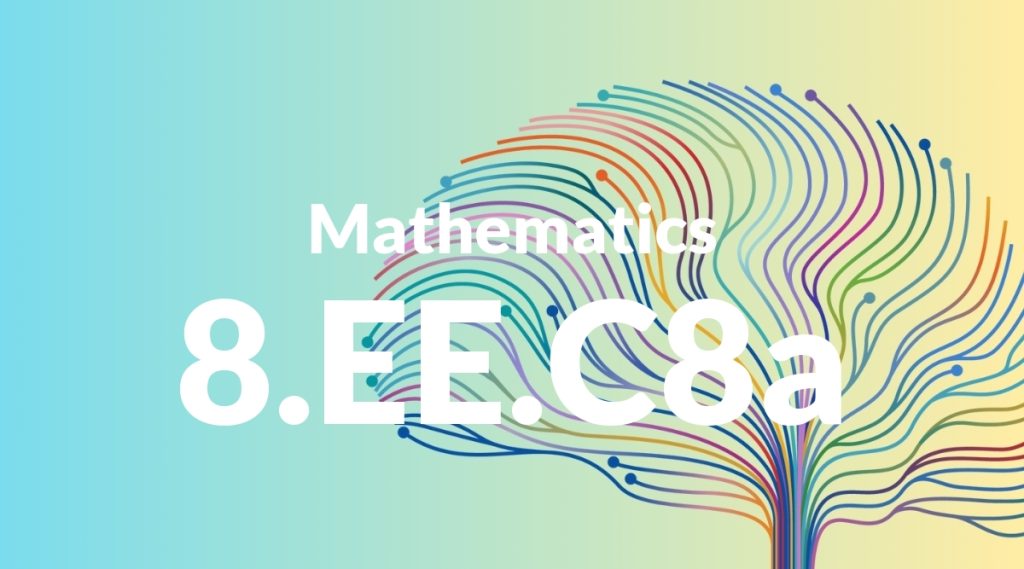Standard: 8.EE.C8 – Analyze and solve pairs of simultaneous linear equations.
Grade level: Grade 8
Subject: Mathematics
Domain: Expressions & Equations
Teacher Overview
This standard focuses on analyzing and solving pairs of simultaneous linear equations, a foundational skill in algebra. Understanding how to find the point of intersection between two lines is crucial for solving real-world problems involving multiple constraints. This topic builds on students’ prior knowledge of linear equations and prepares them for more advanced mathematical concepts. Students should be comfortable with graphing linear equations, understanding slopes and intercepts, and solving single-variable equations. They should also have a basic grasp of algebraic manipulation.
Mastering this standard will enable students to tackle more complex algebraic problems, including systems involving inequalities and quadratic equations. It also lays the groundwork for advanced topics in algebra and calculus.
Common Misconception 1
One common misconception is that all pairs of linear equations have a single unique solution. This is incorrect because some pairs of equations can be parallel (no solution) or coincident (infinite solutions).
Intervention 1
To address this misconception, provide students with a variety of examples, including systems with no solution and infinite solutions. Encourage them to graph these systems and observe the relationships between the lines.
Common Misconception 2
Another misconception is that the solution to a system of equations can always be determined by simple inspection. This is not true for more complex systems, where systematic methods are necessary.
Intervention 2
Teach students systematic methods such as substitution and elimination. Provide step-by-step examples and practice problems to reinforce these techniques. Emphasize the importance of verifying solutions.
Prerequisite Knowledge
Students should have a solid understanding of linear equations, including how to graph them and interpret their slope and intercepts. They should also be familiar with basic algebraic operations and solving single-variable equations.
Subsequent Knowledge
After mastering this standard, students will be able to solve more complex systems of equations involving inequalities and quadratic equations. They will also be prepared to delve into more advanced topics in algebra and calculus, such as polynomial functions and optimization problems.
Instructional Activities
- Graphing pairs of linear equations to find their intersection points
- Using substitution and elimination methods to solve systems of equations
- Creating real-world problems that can be modeled with simultaneous linear equations
- Group activities where students solve systems of equations and verify each other’s solutions
- Interactive software or apps for visualizing systems of equations




